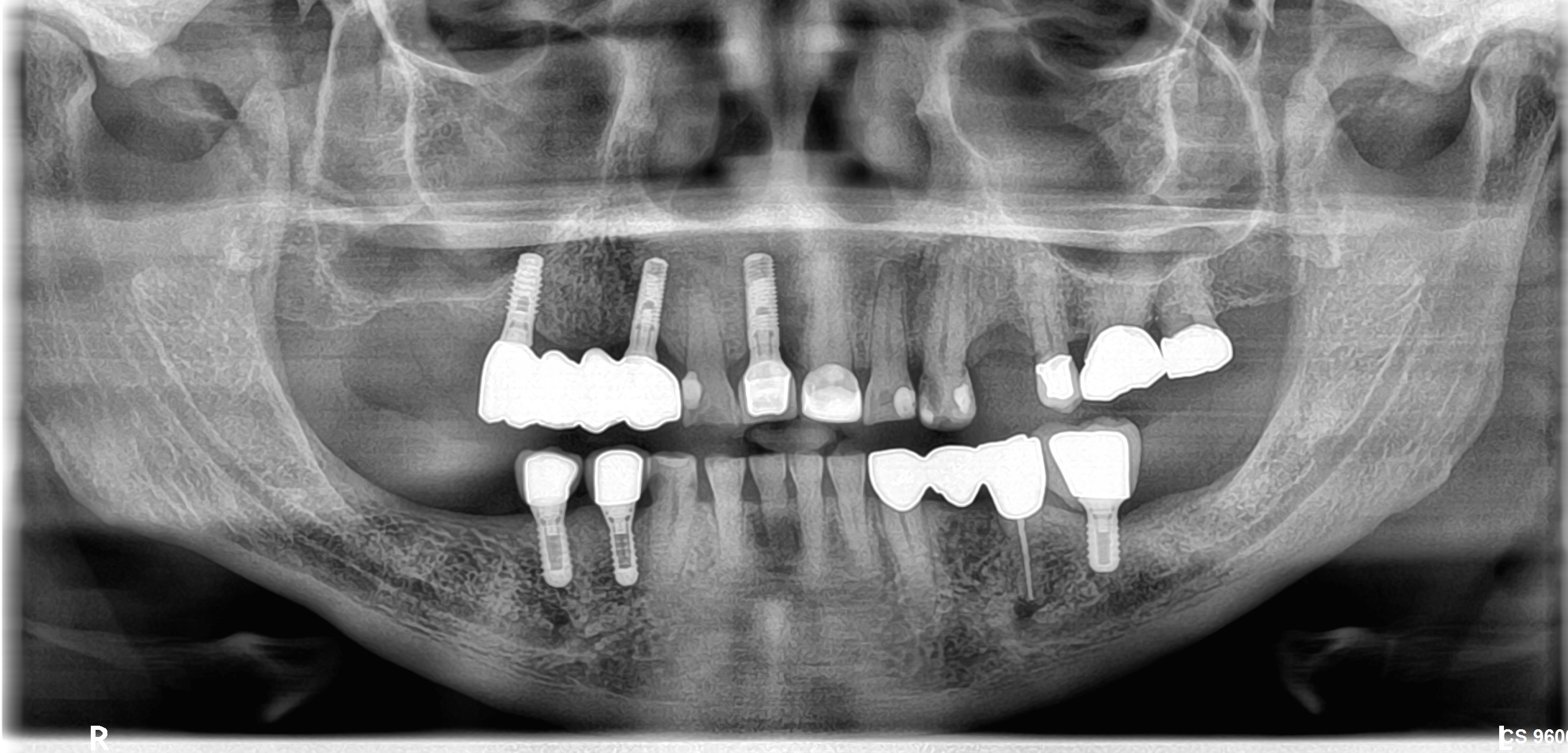Upper lateral with narrow dimensions: thoughts on this case?
In response to a recent case presentation, this is a implant I placed recently in the UL2 (12) space. Please be aware that I am relatively new to Implantology and I am completing my Diploma in Implantology at the Royal Collage of Surgeons London, I am aware of my limitations and open to criticism. However this is my first posting, so please be gentle!
The patient has bilateral congenitally missing upper laterals which have been restored with repeatedly failing Maryland bridges. We investigated and discussed all options and initially looked at orthodontics to open the space. However, the patient was adamant she was not interested in any further orthodontics.
After a CBCT scan and systematic planning we had a full and frank discussion about the strength limitations of narrow implants. The patient has an anterior open bite and is aware the implant will never be loaded in occlusion. The surgery was demanding as the abutment and implant are one piece so I was very conscious of the 3D positioning of the implant/abutment body with respect to the final crown. I used her existing Maryland make a surgical guide and used an extra-oral implant analogue to finish the temporary crown which you can see on the post op radio-graph. I used a crestal incision design which I read about in a Carl Misch text book. The incision created 4 little projects of soft tissue which are sown together in pairs to recreate the papillae.
Unfortunately I don’t have the textbook to hand to recall the name of the technique. The implant is made by DIO (korea) and has a 2mm diameter. The initial post op result was very good however I have not placed the final restoration.

















